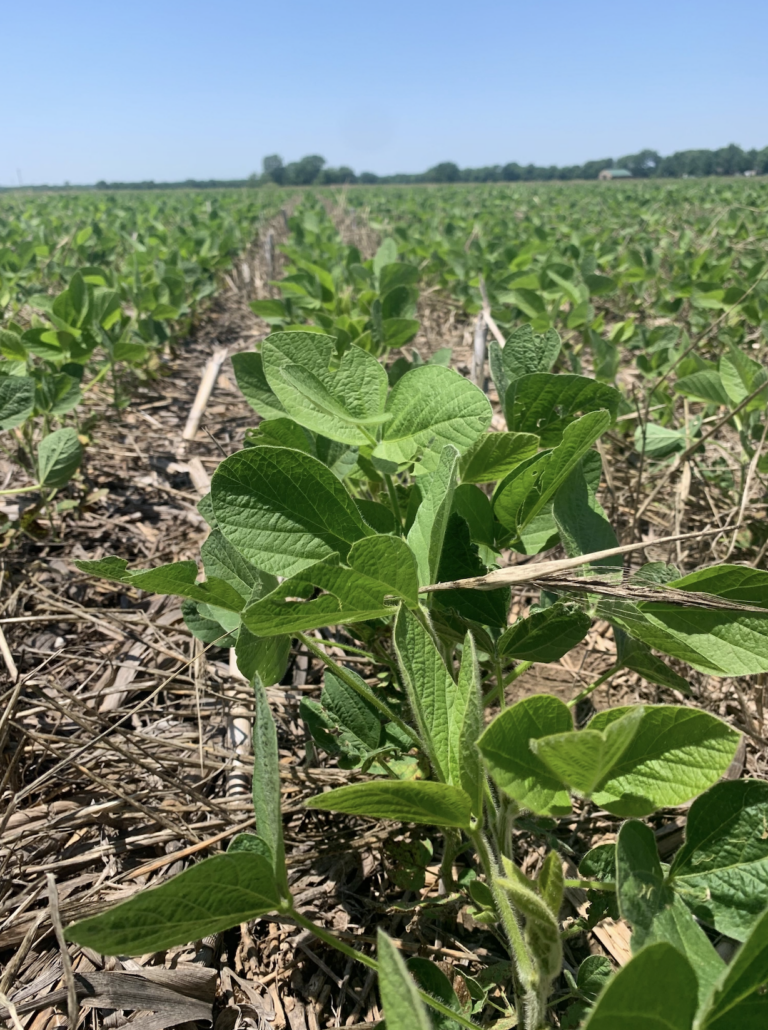Sample Your Soil While the Sun Shines
Benefits of collecting soil samples early in the growing season
Officially, the first day of summer isn’t until June 20, but for many people, Memorial Day weekend signifies the beginning of summer. Plants are in the ground, and our focus switches to in-season management decisions.
As the warmer months get underway, farmers and agronomists are busy thinking about how their crops are growing. They’re applying fertilizers and fungicides to give their seedlings the best chance of success. This time of year, the focus is above ground, but it’s also a good time to think about the foundation of growth belowground: your soil.
Soil sampling is common in the spring before planting and in the fall after harvest, but there is a case to be made for soil sampling early in the growing season.
- You’re not as busy. During the spring, the priority is getting seeds in the ground. In the fall, the spotlight is on harvest. Collecting your soil samples during the early growing season gives you the breathing room to make an intentional sampling plan without feeling the pressure of planting or harvest.
- Timely in-season pathogen management. By having the most updated soil pathogen data in-season, you can choose to concentrate scouting efforts in a high-risk area or adjust application of fungicides.
- Have the data before making management decisions in the fall. While collecting soil data in the fall is valuable, it might not be done until after other decisions are made such as creating variable-rate application maps and ordering seed for the next season. If you collect your soil samples early in the growing season, you can have that data in-hand going into the fall and use it to inform those decisions.
- Save money. If you can make input decisions for next season in July-September of this year, that opens the door for significant discounts by ordering in the off-season. It also lowers the risk of running into supply chain issues.
Regardless of when you decide to do your soil sampling, keep in mind that if you are interested in comparing biological metrics across multiple years, you should only compare samples taken during the same time of year and subject to the same crop/crop residue. For example, biological data from soil samples collected in the spring should only be compared to data from other spring samples. (A more detailed explanation can be found here.) You should also consider how the life stage of your seedlings during sample collection may impact nutrient levels. As crops begin to grow more rapidly, they pull the N, P, K, and micronutrients they need from the soil (1, 2, 3).
References:
- Bender, R.R., J.W. Haegele, M.L.Ruffo, and F.E. Below. 2013. Modern corn hybrids nutrient uptake patterns. Better Crops 97 (1): 7-10.
- Bender, R.R., J.W. Haegele, and F.E. Below. 2015. Modern Soybean Varieties’ Nutrient Uptake Patterns. Better Crops with Plant Food 99(2) 7-10.
- “Nutrient Uptake & Removal.” Landresources.montana.edu, MSU Extension Soil Fertility | Montana State University, landresources.montana.edu/soilfertility/nutuptake.html. Accessed 20 May 2024.
About the author: Dr. Tuesday Simmons is the Science Writer at Trace Genomics. She earned her Ph.D. in Microbiology from the University of California, Berkeley, studying the root microbiome of cereal crops.




